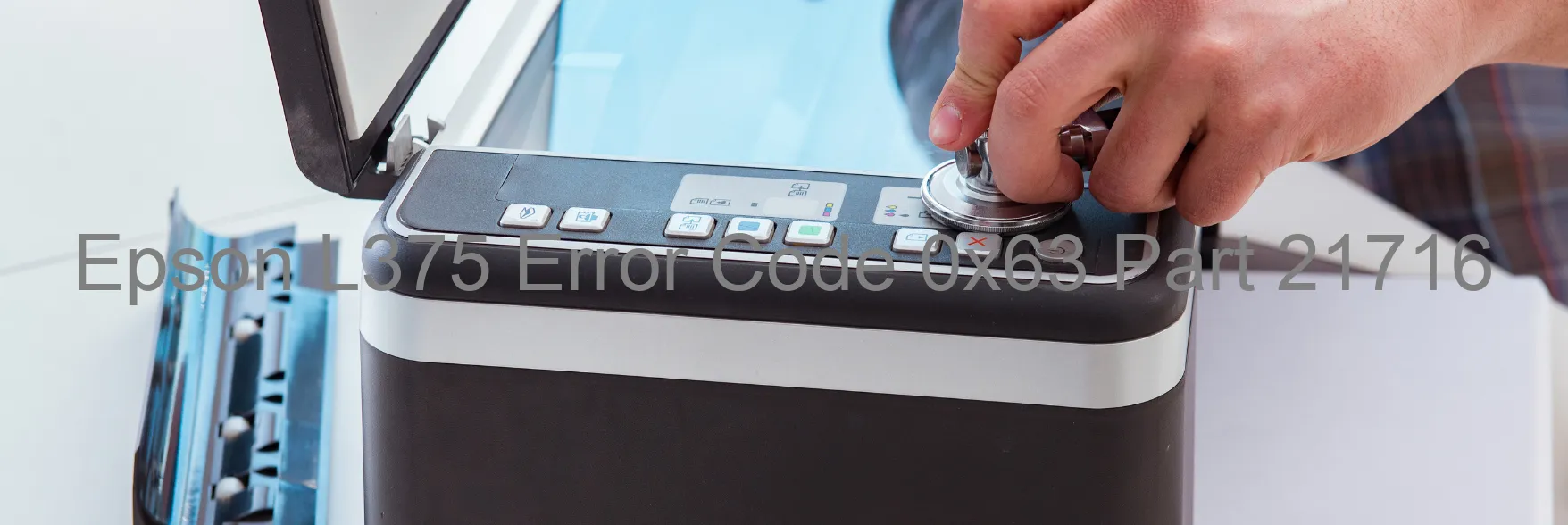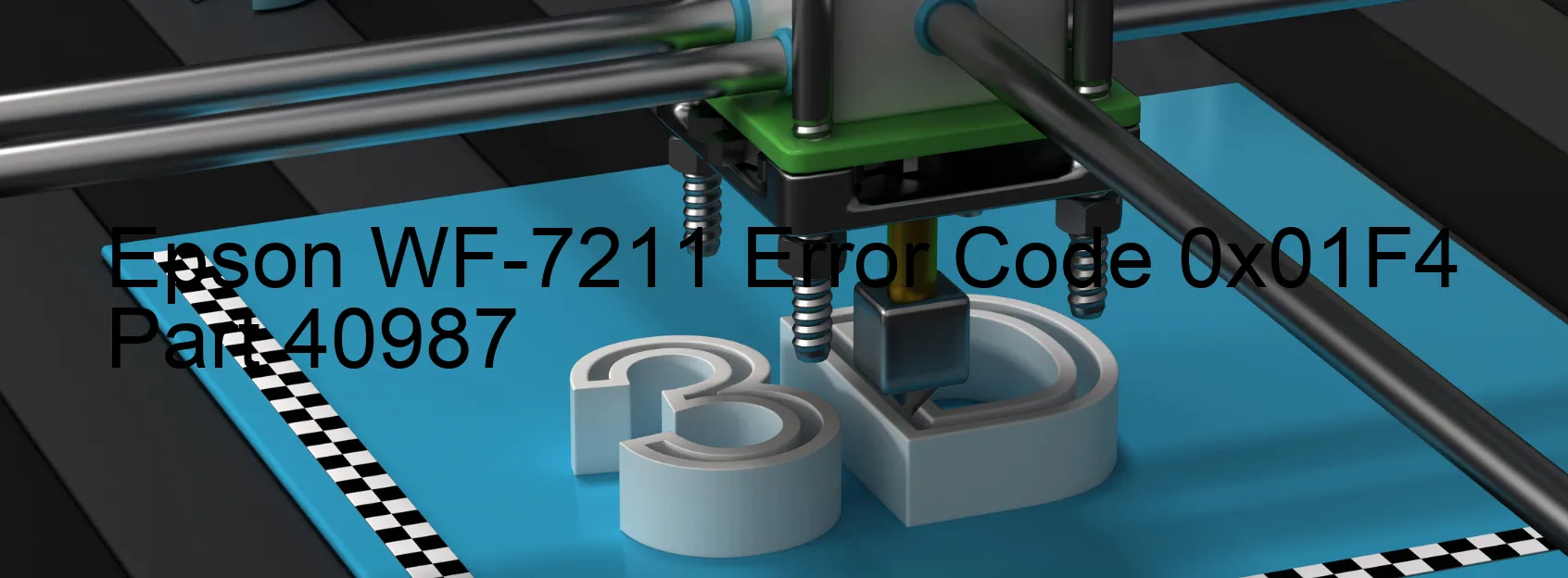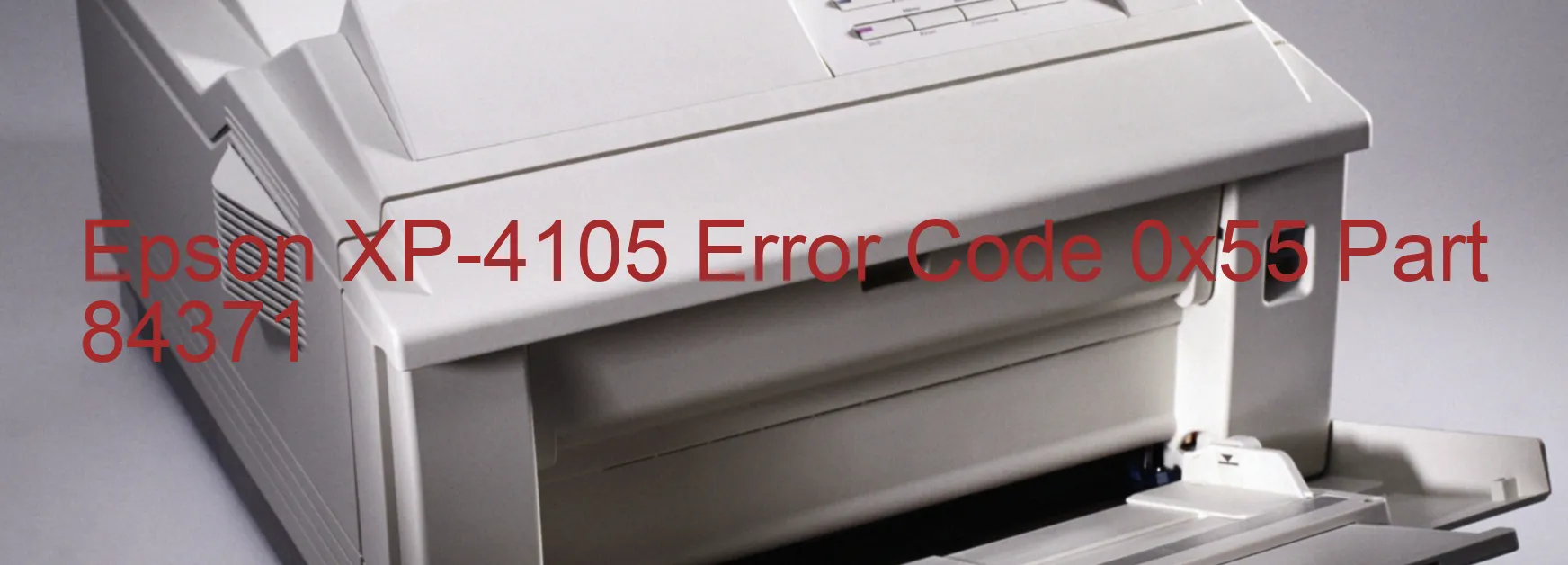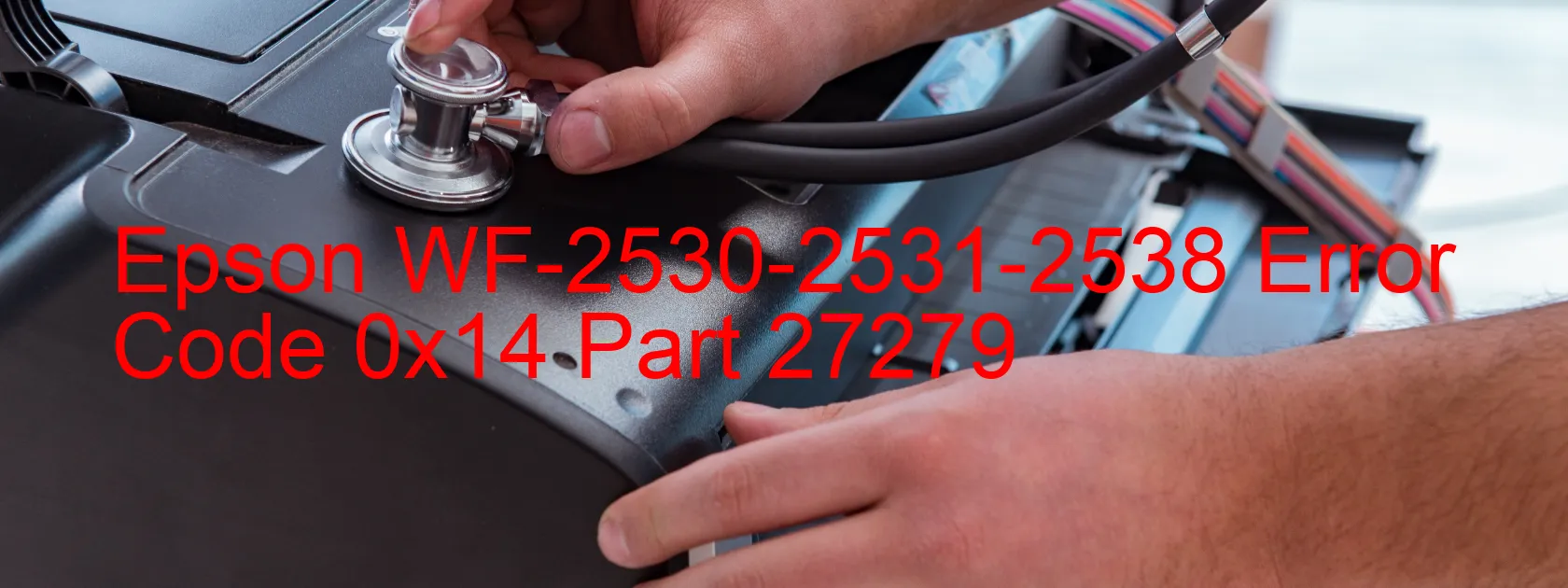Epson WF-4630 Error OxEA
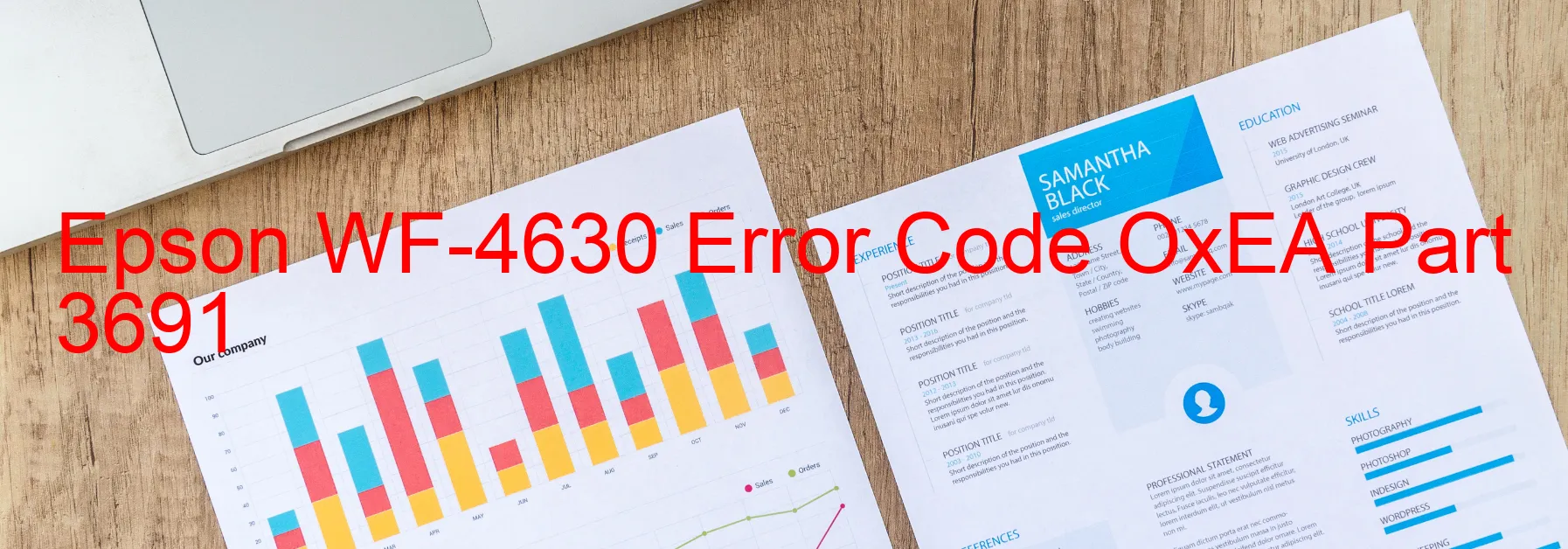
The Epson WF-4630 is a high-performing printer that delivers exceptional print quality and efficiency. However, users may encounter the OxEA error code on the printer’s display, indicating issues with the CR (carriage) load position. This error can be caused by various factors such as CR encoder failure, CR motor failure, carriage overload, tooth skip or improper tension of the timing belt, or cable/FFC disconnection.
CR load position excess load error occurs when the carriage encounters resistance or when there is an obstruction in its movement. This can result from a paper jam, foreign objects stuck inside the printer, or a carriage mechanism malfunction. It is essential to troubleshoot and resolve this error to ensure the printer’s optimal performance.
To troubleshoot the OxEA error code, start by checking for any paper jams or objects that might be blocking the carriage movement. Gently remove these obstructions, if any, ensuring not to damage any internal components in the process. Next, examine the timing belt’s tension and alignment; if it appears loose or misaligned, it may need readjustment or replacement.
Furthermore, inspect the CR encoder and motor for any signs of damage or malfunction. If identified, consulting a professional technician or contacting Epson customer support for further assistance is advisable. You should also check for any loose cables or FFC (Flat Flexible Cable) connections and ensure they are securely plugged in.
In conclusion, encountering the OxEA error code on the Epson WF-4630 printer indicates CR load position issues. By following the troubleshooting steps mentioned, users can potentially resolve the error and restore their printer’s smooth functioning, enabling them to continue with their essential printing tasks.
| Printer Model | Epson WF-4630 |
| Error Code | OxEA |
| Display on | PRINTER |
| Description and troubleshooting | CR LOAD POSITION excess load error. CR encoder failure. CR motor failure. Carriage overload. Tooth skip or improper tension of the timing belt. Cable or FFC disconnection. |


